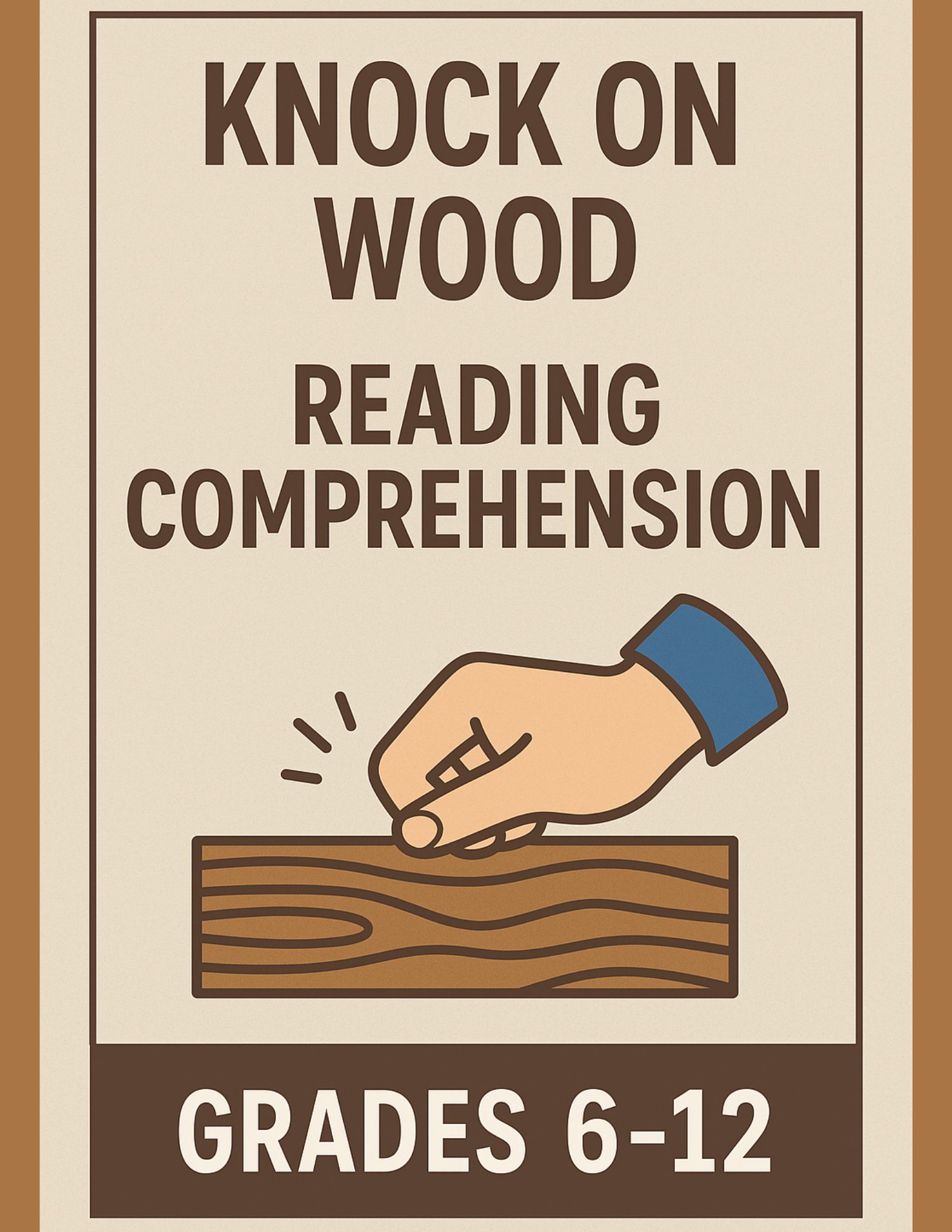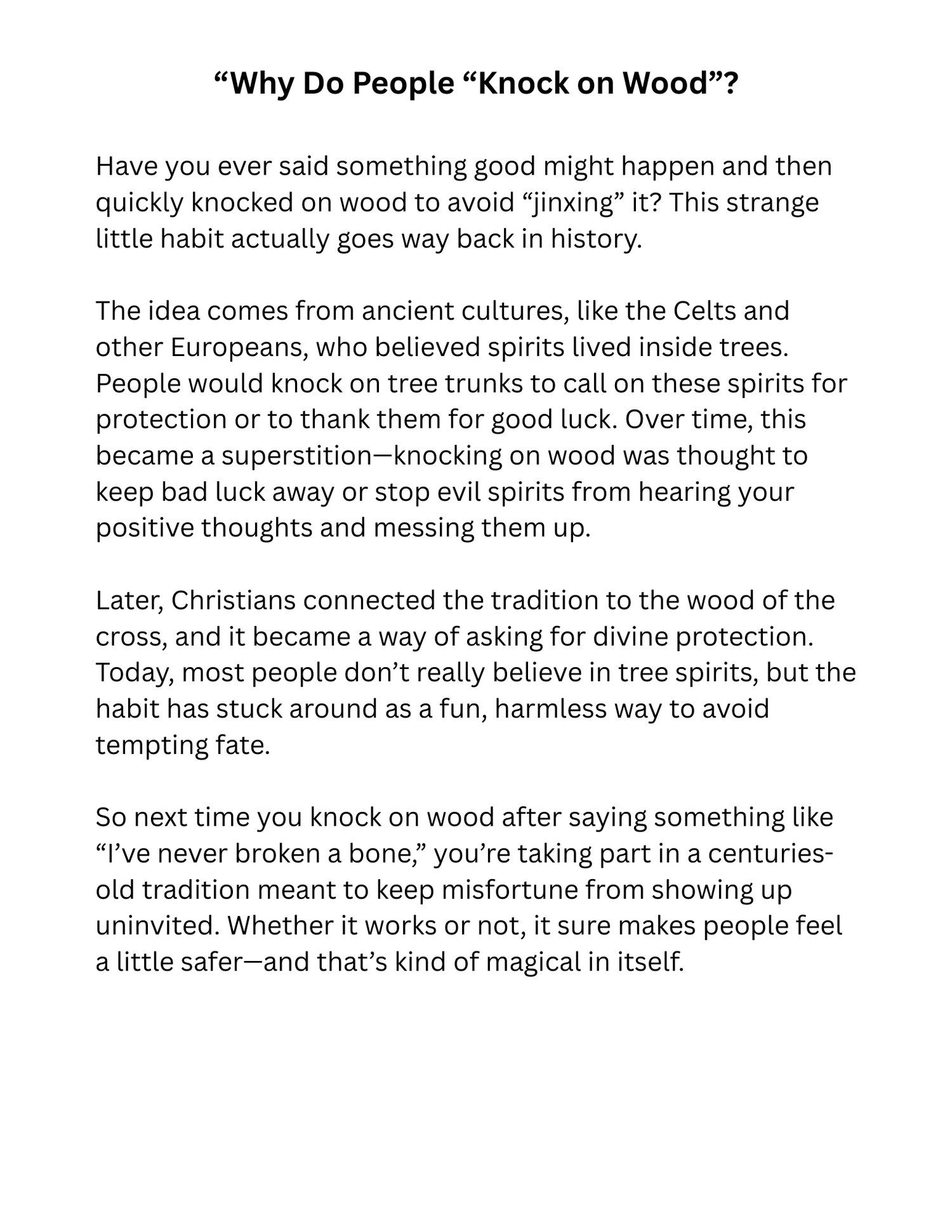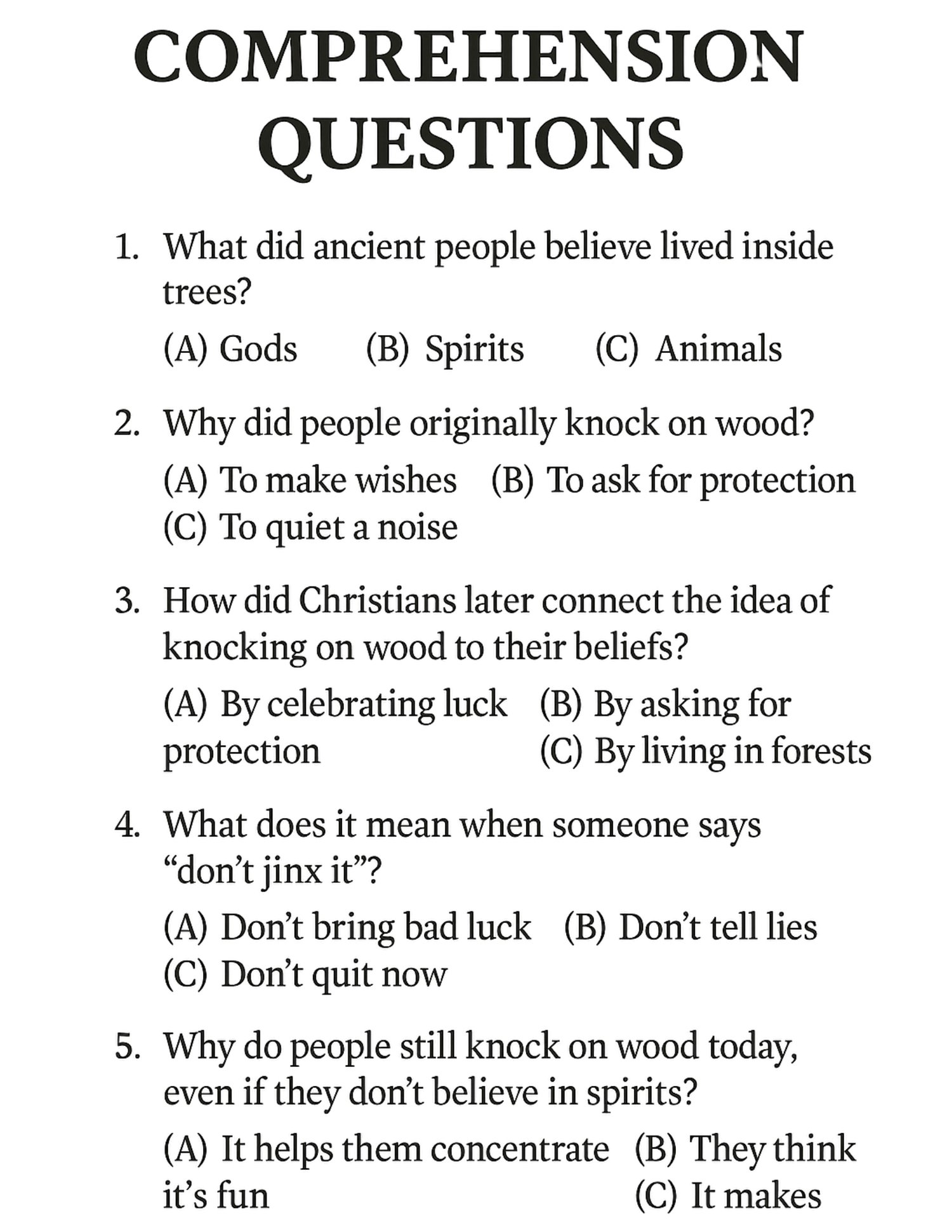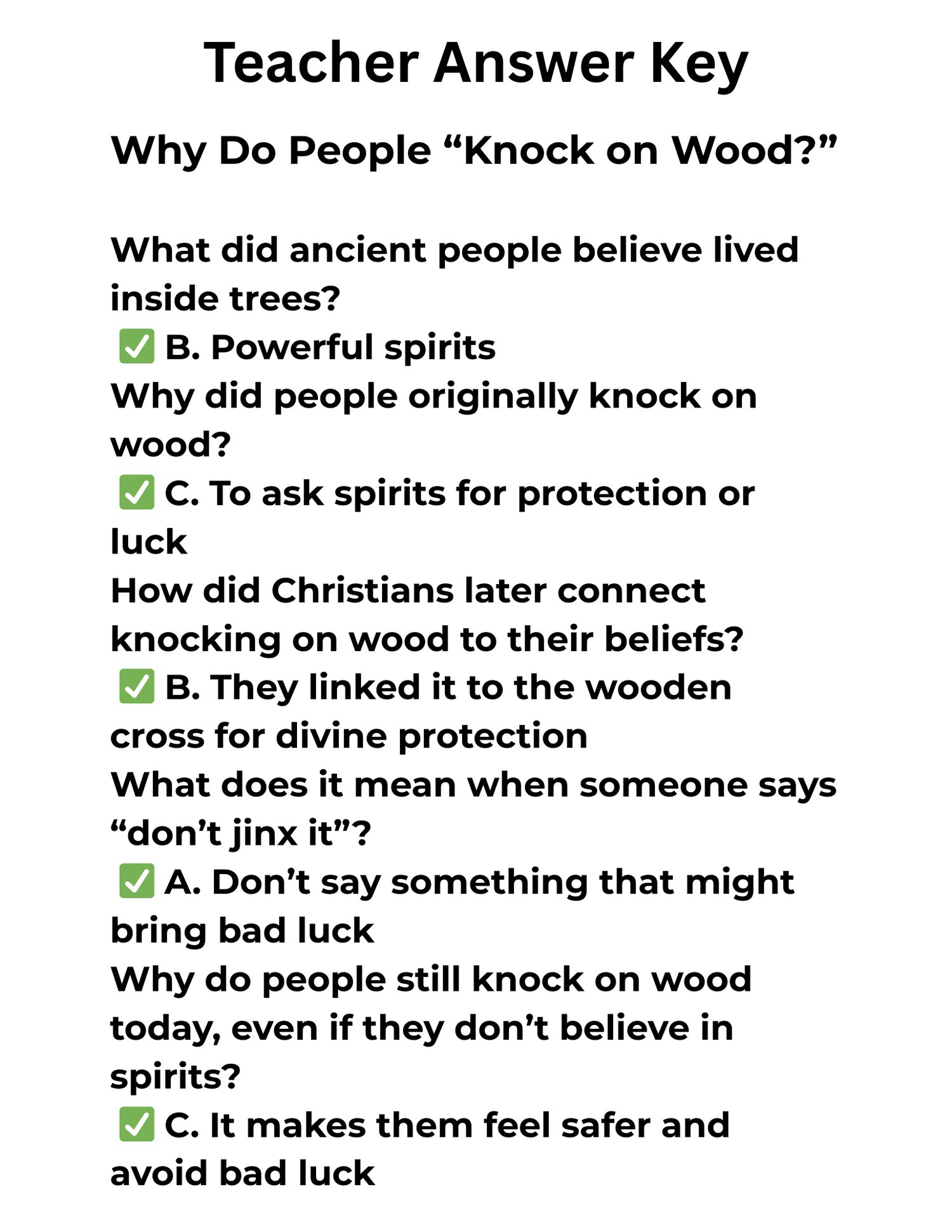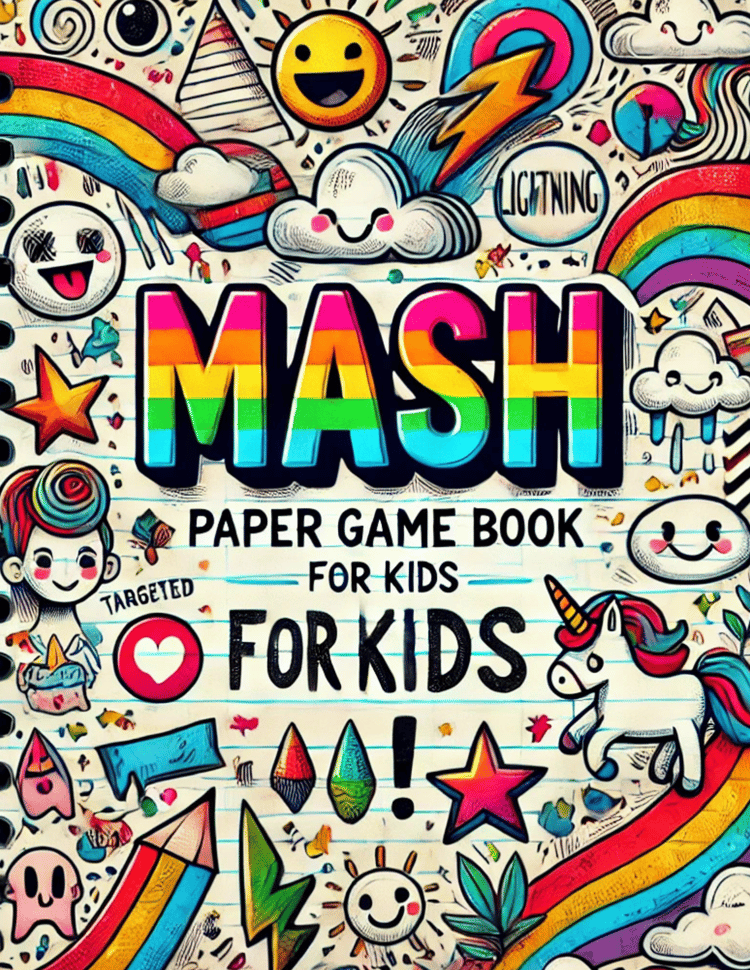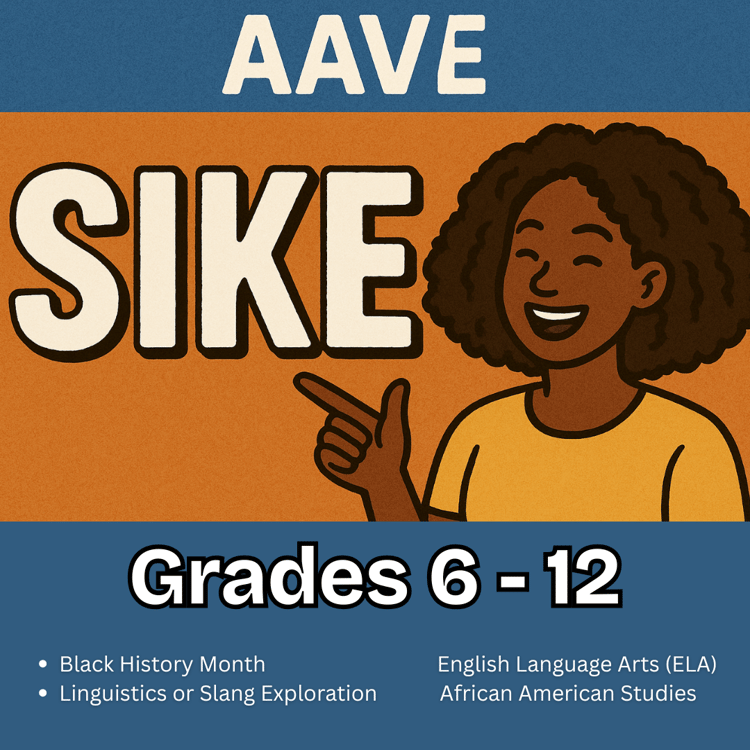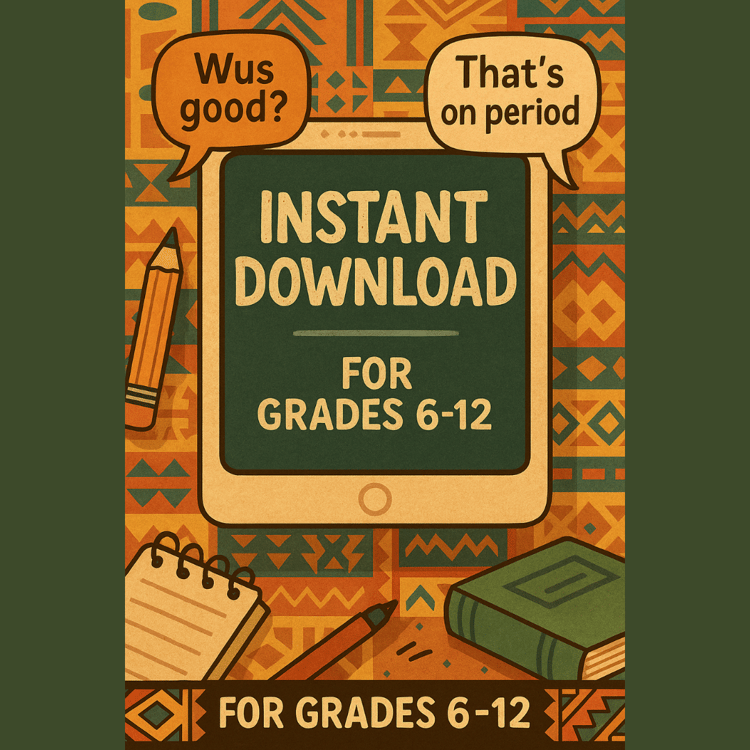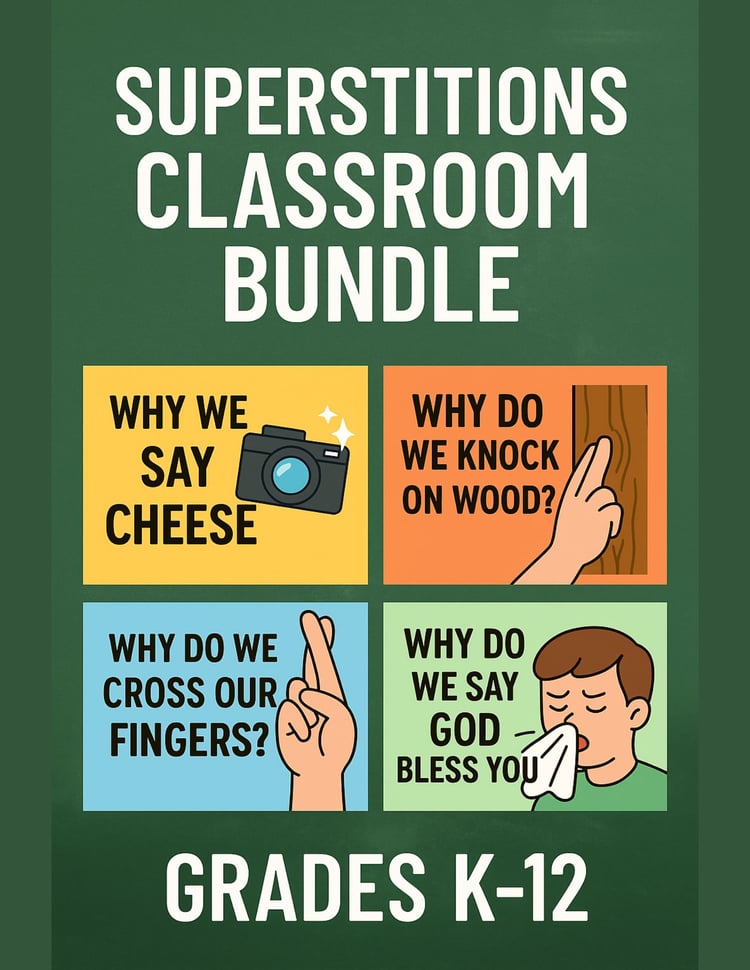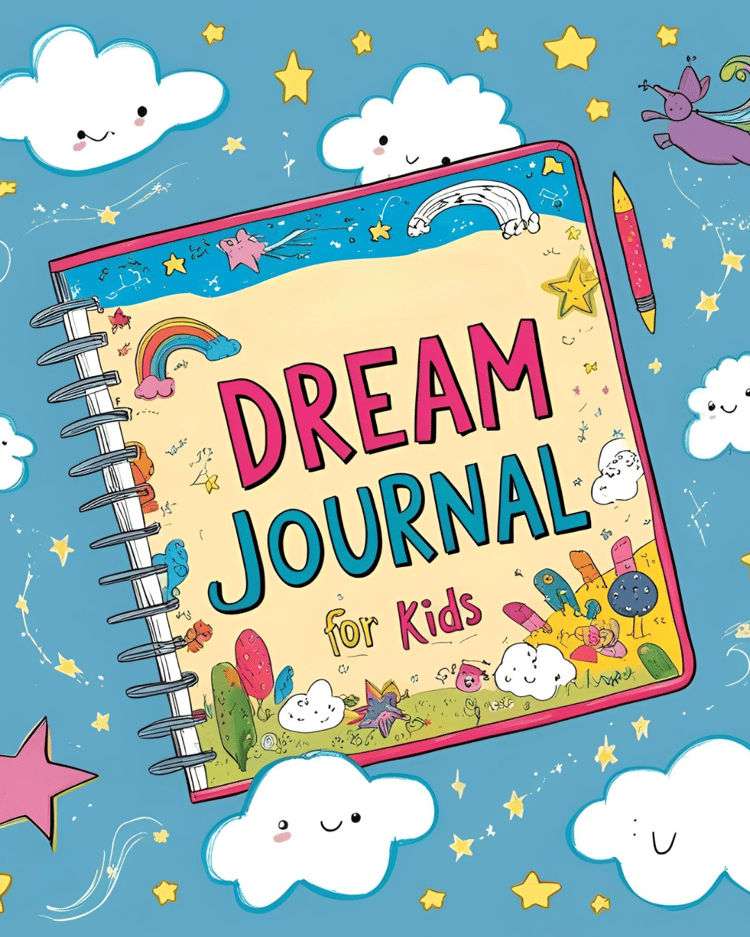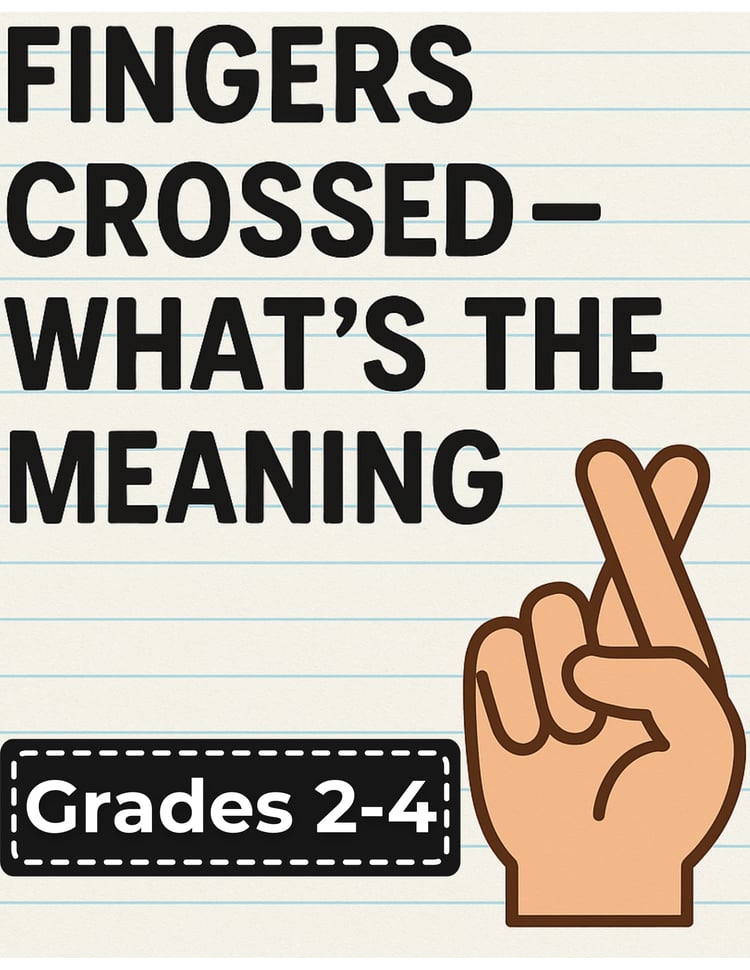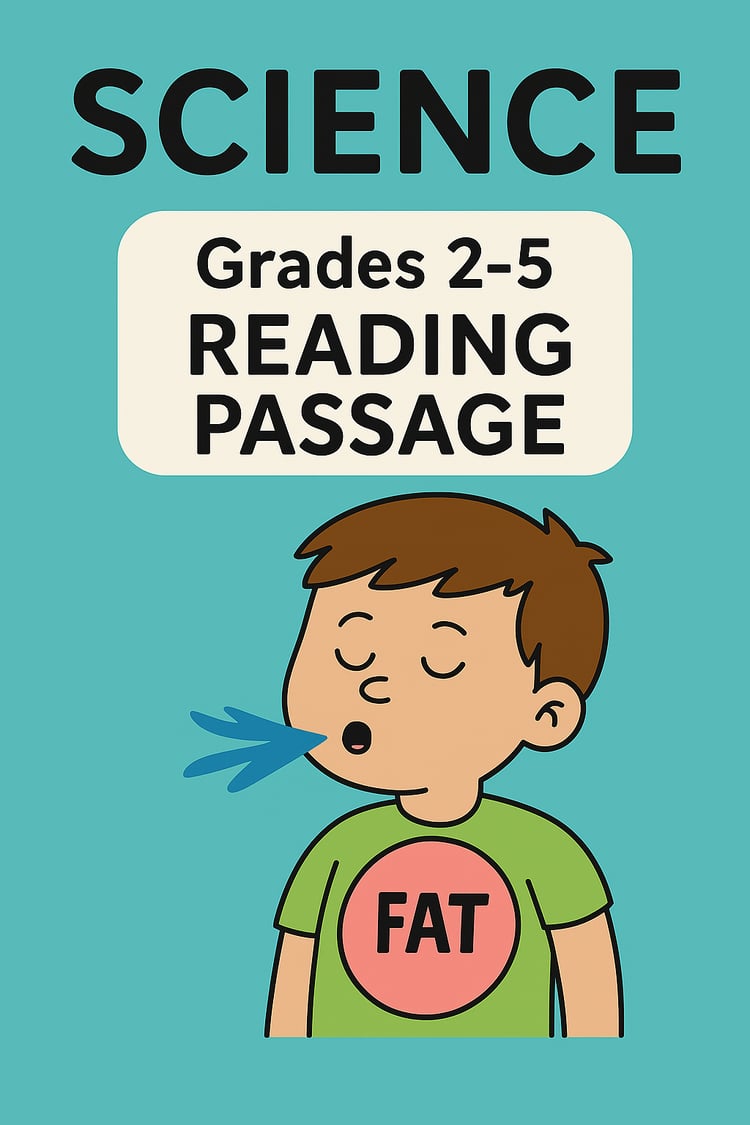🪵 “Why Do People Knock on Wood?” Reading Comprehension & ELA Activity (Grades 6–12)
🪵 “Why Do People Knock on Wood?” Reading Comprehension & ELA Activity (Grades 6–12)
Dive into the origins of the age-old superstition with this engaging, standards-aligned reading comprehension activity! Perfect for grades 6–12, this resource explores the history of “knocking on wood” in a student-friendly, 200-word passage that blends history, folklore, and cultural insight.
Students will read about ancient Celtic beliefs, religious traditions, and modern-day habits, then test their understanding with 5 multiple-choice questions. A printable worksheet and teacher answer key are included for easy implementation. Great for bell ringers, sub plans, literacy centers, or as a quick cultural enrichment activity!
✅ What’s Included:
- 1-page informational reading passage
- 5 multiple choice comprehension questions
- Printable worksheet (DOCX format)
- Teacher Answer Key
- Standards-aligned learning objectives
- Total Estimated Time
📚 Subjects Covered:
- ELA Reading Comprehension
- World Cultures & Folklore
- Critical Thinking
⏰ Total Estimated Time: 25–40 Minutes
✅ Suggested Lesson Breakdown:
- Introduction & Engagement (5–7 minutes)
- Start with a class discussion or quick poll:
- “Have you or someone you know ever knocked on wood?”
- Invite students to share superstitions they’ve heard.
- Reading the Passage (5–7 minutes)
- Silent reading, partner reading, or read-aloud depending on grade level and time available.
- Comprehension Questions (10–15 minutes)
- Students complete the 5 multiple-choice questions individually.
- You can extend this with small group or partner discussion.
- Review & Reflection (5–10 minutes)
- Go over answers together.
- Ask critical thinking questions like:
- “Do you believe in superstitions?” or
- “Why do some traditions stick around even if we don’t believe in them?”
🧩 Optional Extensions:
- Writing Prompt or Journal Entry (10 minutes):
- “Write about a superstition your family or culture believes in and explain why you think it exists.”
- Cross-Curricular Tie-In:
- Connect to history (Celtic traditions), religion (Christian practices), or sociology (cultural habits).
📚 Common Core State Standards (CCSS):
Reading – Informational Text
- CCSS.ELA-LITERACY.RI.6.1 – 8.1:
- Cite textual evidence to support analysis of what the text says explicitly as well as inferences drawn from the text.
- CCSS.ELA-LITERACY.RI.6.2 – 8.2:
- Determine a central idea of a text and how it is conveyed through particular details.
- CCSS.ELA-LITERACY.RI.6.4 – 8.4:
- Determine the meaning of words and phrases as they are used in a text, including figurative, connotative, and technical meanings.
✍️ Writing
- CCSS.ELA-LITERACY.W.6.2 – 8.2:
- Write informative/explanatory texts to examine a topic and convey ideas, concepts, and information through the selection, organization, and analysis of relevant content.
🎯 Speaking & Listening
- CCSS.ELA-LITERACY.SL.6.1 – 8.1:
- Engage effectively in a range of collaborative discussions with diverse partners on grade-level topics, building on others’ ideas and expressing their own clearly.
💡 Additional Educational Goals:
- Encourage critical thinking around cultural traditions and superstitions.
- Support comprehension and discussion of non-fiction informational texts.
- Strengthen vocabulary and word analysis through context.
- Spark curiosity about world history, folklore, and belief systems.
✨ Great for introducing superstitions, cultural traditions, or simply sparking classroom discussion!



